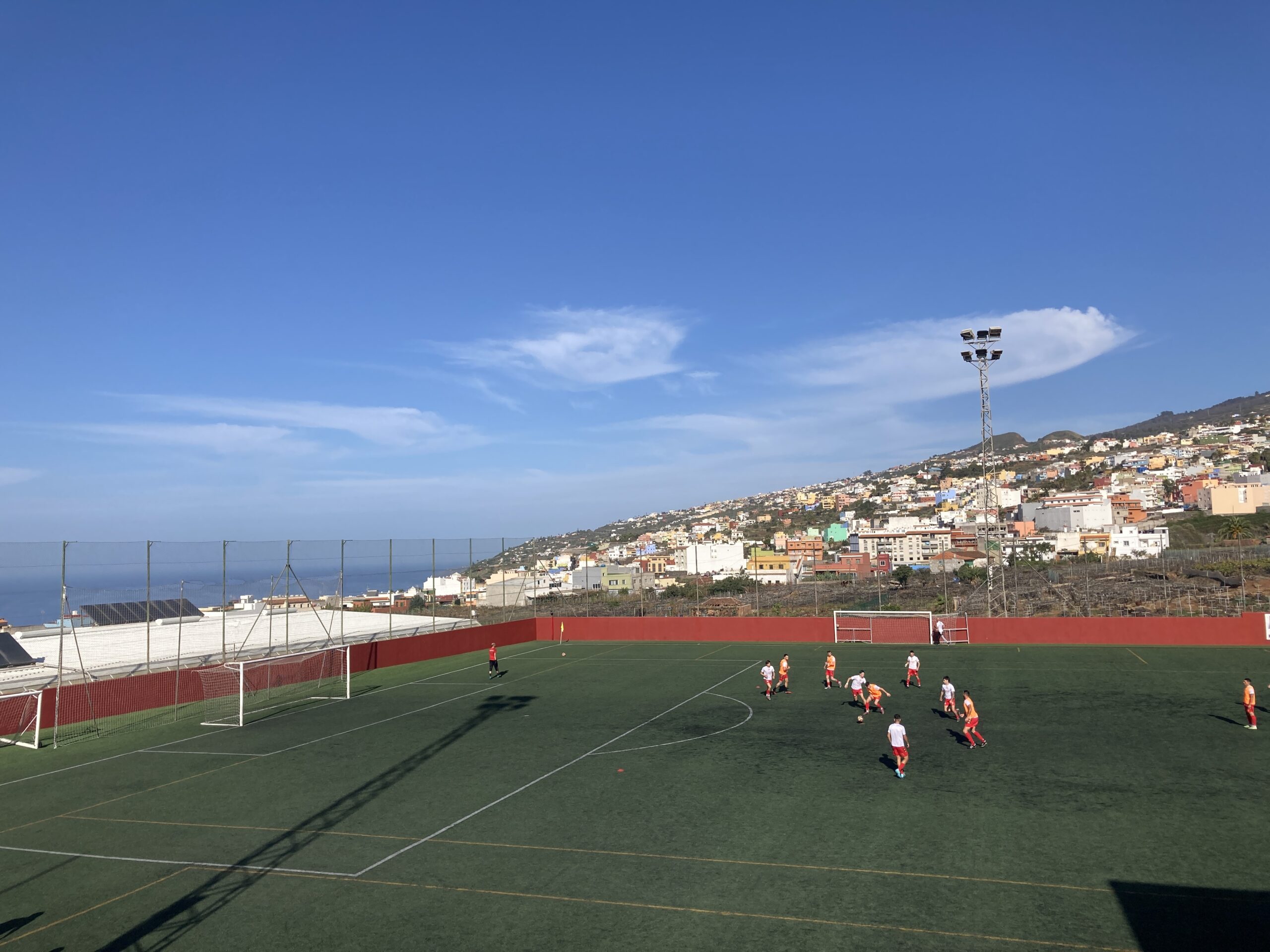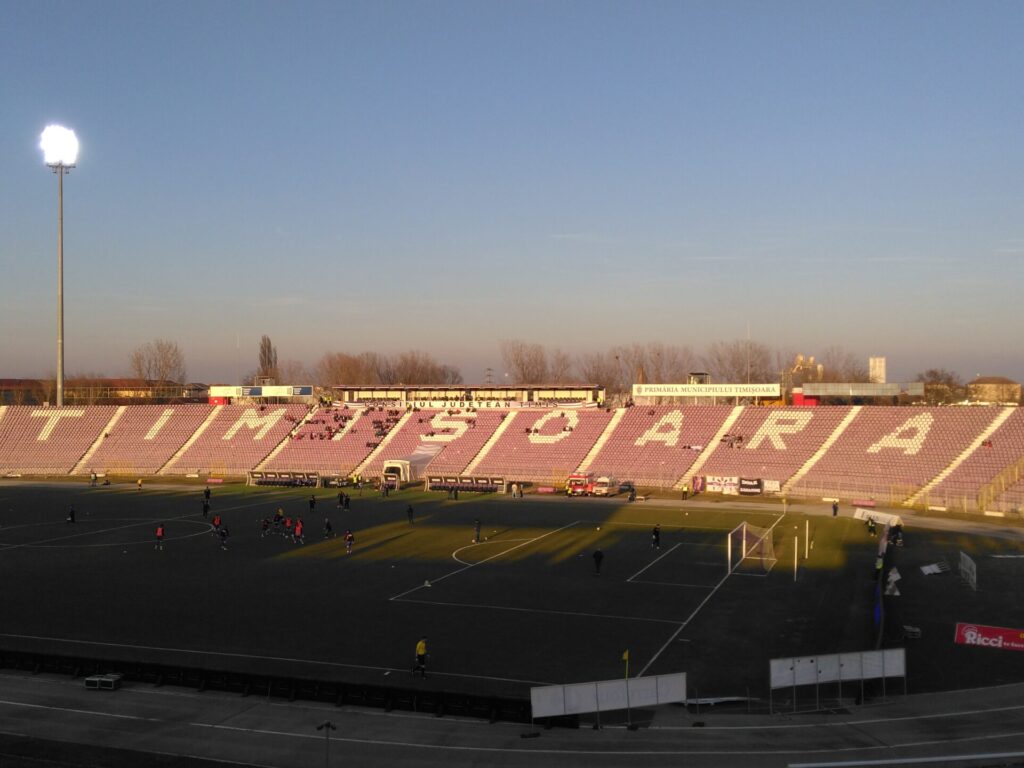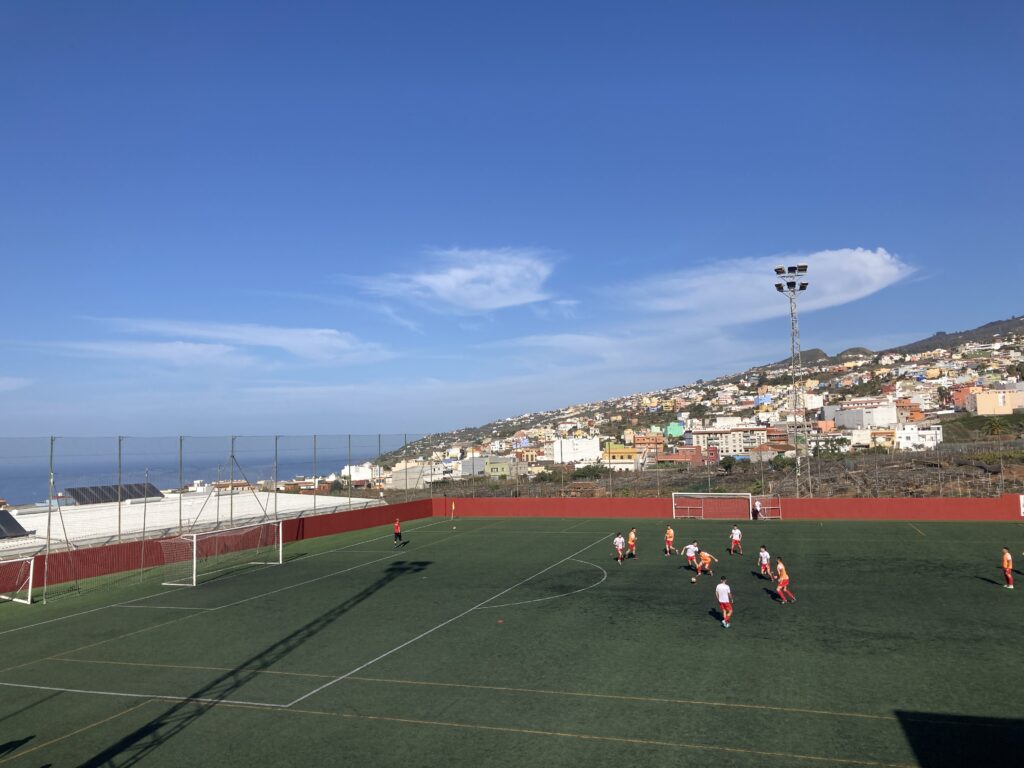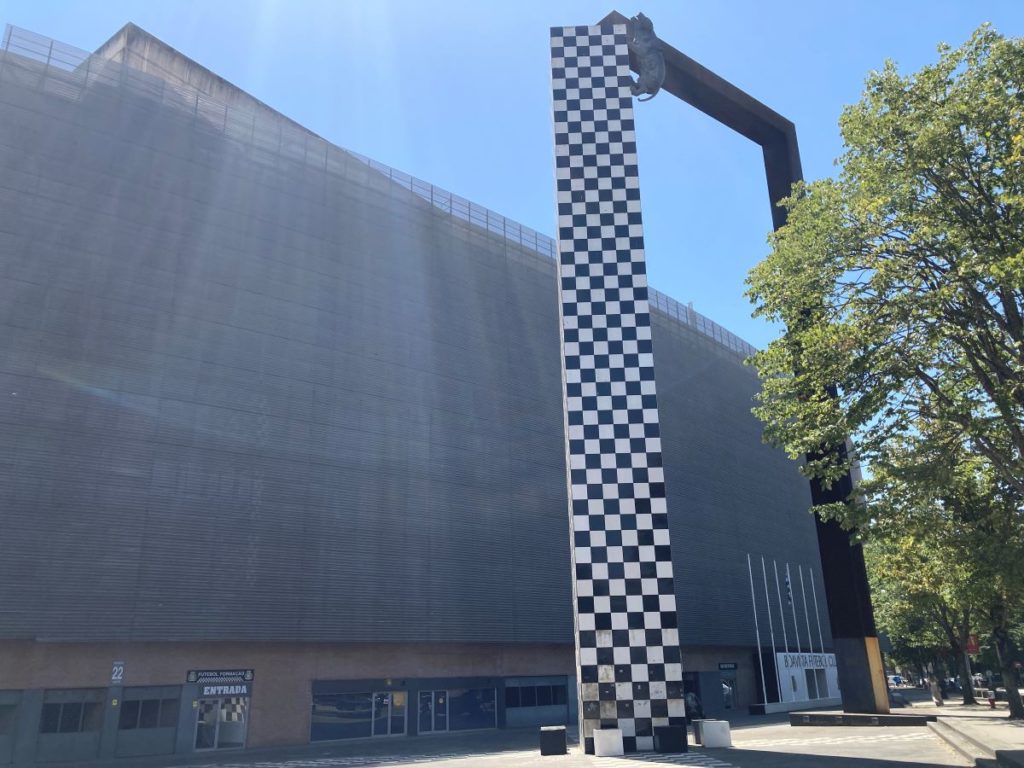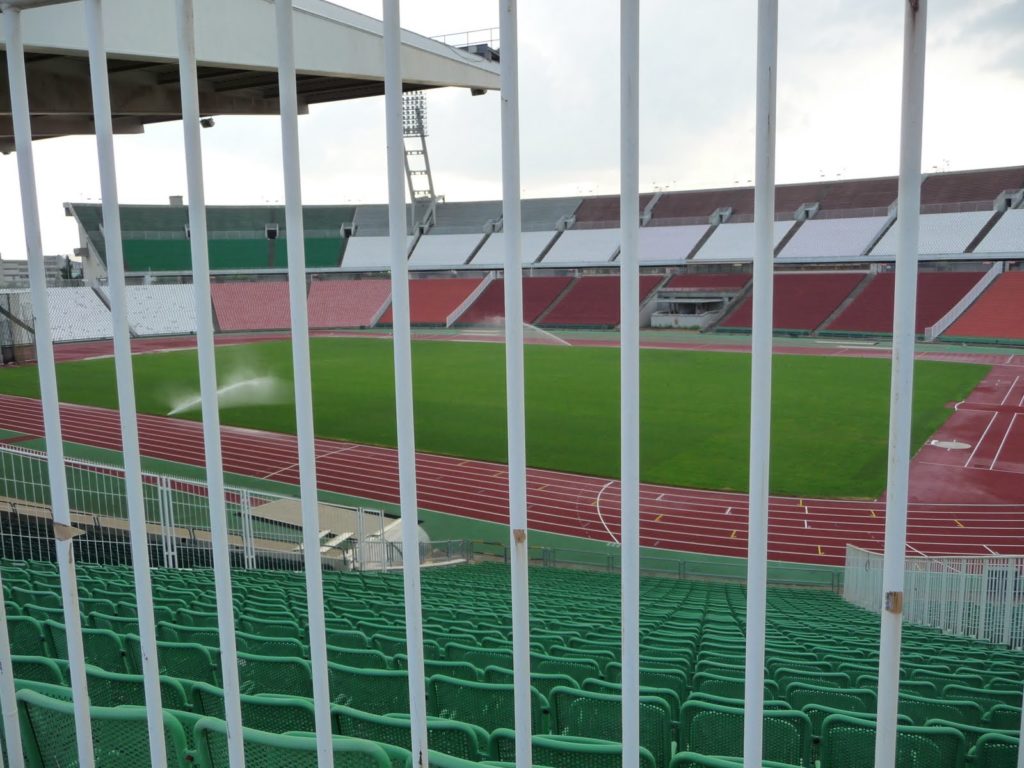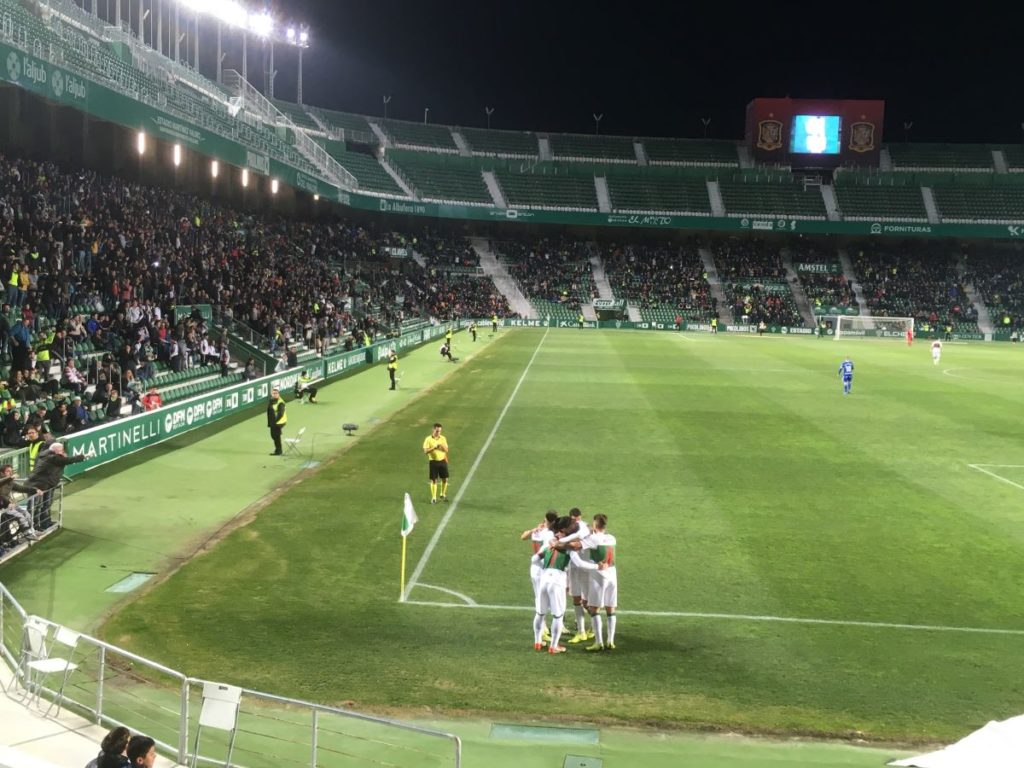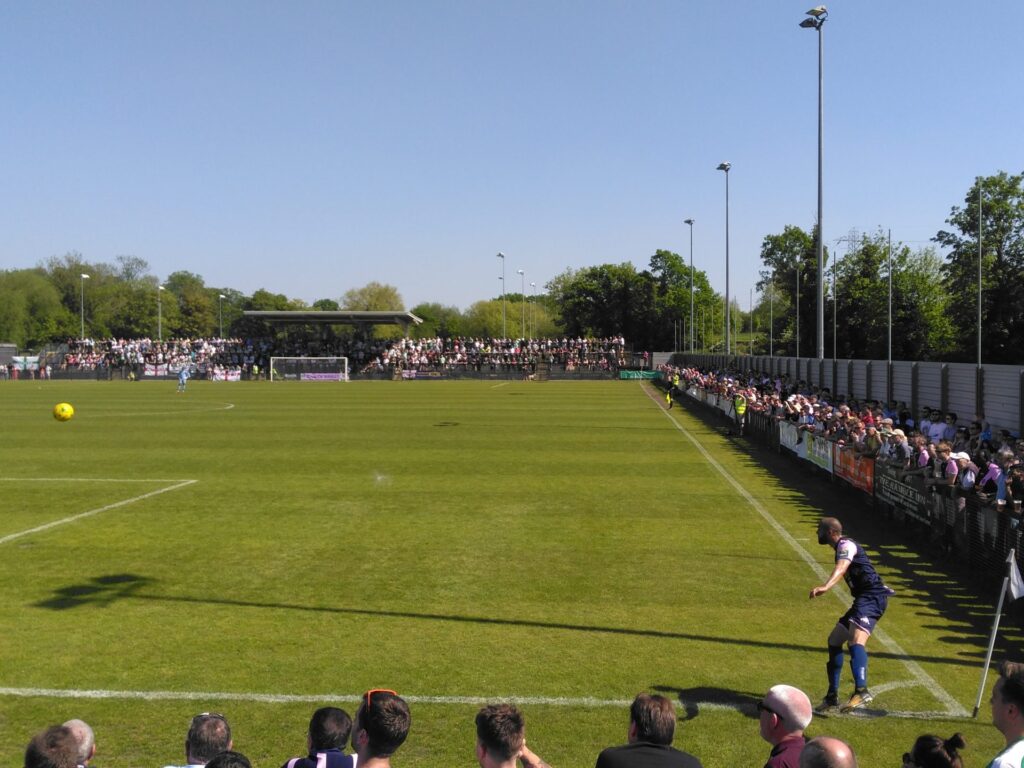I spent two weeks groundhopping in the Canary Islands to celebrate another year of getting older.
Santa Ursula v Buzanada
For the first match of my trip I caught a bus from Santa Cruz de Tenerife a little way along the north side of the island to the small town of Santa Ursula, within sight of the sea.
Formed in 1975, the home team played in Tenerife’s local leagues until 2014 when they were promoted to the Tercera. Confusingly, the Tercera is now Spain’s fifth tier after a recent restructuring of the pyramid. It’s divided into 18 regional groups, with group 12 covering all of the Canary Islands.
Buzanada, hailing from a town on the other side of the island, were formed a year later in 1976 and also competed in the local leagues until recently. Last season they regained their place in the Tercera after dropping back down the year before.
Santa Ursula began the afternoon in mid-table whereas Buzanada were near the bottom. Nonetheless, it was the visitors who dominated the opening of the game, creating several chances including a header off the bar after 20 minutes. Even a straight red card on the half-hour (for what looked like an elbow) didn’t dent Buzanada’s threat. Another header after half-time hit the post this time and on 73 minutes they broke the deadlock, pouncing on a long ball forward that evaded the last defender’s attempted clearance. But after working so hard to go in front, Buzanada were pegged back nine minutes later when Santa Ursula’s number 16 struck a low volley from just outside the box.
Tenerife v Andorra
An overdue bus had me looking nervously at my watch as kick-off approached for my second game of the day in Tenerife. Eventually it did turn up and, after hotfooting my way through downtown Santa Cruz, I was in my seat just over 10 minutes into the first half.
During the 90s Tenerife were a fixture in La Liga. In 1997 they reached the semi-finals of the UEFA Cup under manager Jupp Heynckes, who then left to take the Real Madrid job and promptly won the Champions League a year later. Relegation followed in 1999 and, since the turn of the millennium, Tenerife have only enjoyed two brief returns to the top flight. Both ended in relegation after a single season. After dropping as low as the old third-level Segunda B for a couple of years, this is their eleventh consecutive season playing in the second tier.

FC Andorra’s fortunes changed completely in 2018 when the club was bought by former Barcelona centre-back Gerard Pique. Then playing in the fifth tier, they jumped two divisions after paying to take the place of another team that had been relegated for financial reasons. This was followed by another promotion on the pitch in 2022 to reach the second division for the first time in their history.
The match itself was far from a classic but the half-time light show seemed to yield quite a lot of excitement from the crowd, culminating in an inevitably hearty rendition of Sweet Caroline.
Union Viera v Guia
Having swapped Tenerife for Gran Canaria, the next match of my trip was this clash on the outskirts of Las Palmas in Spain’s sixth tier.
Once you get to this step of the pyramid, the leagues are organised by the regional football associations rather than the RFEF, Spain’s national football body. The Canary Islands FA operates a pair of parallel leagues covering the two provinces that comprise the archipelago as a whole. Both feed into the islands’ combined league within the Tercera, the next tier up.
Although it was my second goalless draw in a row, I could take that in my stride after the cheerful greeting I received when I paid to get in and the €1 cañas on offer in the bar. There was plenty to enjoy on the pitch as well. Maybe I shouldn’t be quite so surprised that inverted full-backs are a tactical feature at this level, however.
With the home team pressing for a winner in the closing minutes, their number six got himself sent off for two acts of petulant aggression in quick succession. This brought audible fury upon the offending player from a teammate on the touchline, which continued even as he slunk down the tunnel. Sadly I didn’t understand a word of it.
Las Palmas v Valencia
Ten and a bit years ago I was watching a lot of Spanish football as part of my job. At the time, Las Palmas were a middling Segunda side perhaps still most famous to English football fans of my age for Vinny Samways’ successful spell at the club in the 90s after leaving Everton. Valencia, meanwhile, had an unfinished new stadium and were in a cycle of finishing a distant third behind Barcelona and Real Madrid every season and then selling their best player to the Premier League in the summer.
Fast forward to the present day, and Las Palmas are building on promotion last year with an unexpected push for a European place this campaign, although a dip in form had seen them slip to ninth in the table before this fixture. Last season Valencia endured their lowest finish in La Liga since 1986, when they were last relegated, but at the start of the weekend they were only two points off the top six. Of course, the new stadium still isn’t finished though.
Despite the prospect of this being a decent contest, it was a wretched game. Las Palmas had most of the ball throughout but, with the 90 minutes almost up, had only managed one shot on target as had Valencia. I was braced for my third 0-0 on the trot. Fortunately for me though, Marc Cardona wasn’t going to allow that to happen. Five minutes after coming on for Las Palmas, his clever turn and cross set up Alex Suarez’s header to break the deadlock. In added time, Carmona scored the second himself from close range.
San Fernando v Badajoz
On my final day in Gran Canaria, I took a bus to the south of the island for this Sunday lunchtime kick-off not far from the resort town of Maspalomas.
As referred to in an earlier post, the leagues below the top two divisions in Spain were restructured a few years ago. An extra level (dubbed Primera Federacion) was added between the Segunda Division and what used to be called Segunda B. The latter was rebranded as Segunda Federacion and became Spain’s new fourth tier, consisting of five regional groups.
Not quite as regional as you might think though: Badajoz is in Extremadura, right on the border with Portugal and some 200km north of Seville. It had been a long journey for the away team in another sense too. The club spent most of the 1950s in the second division and last played there as recently as 2003, before bankruptcy a decade ago forced them to begin again in the sixth tier. San Fernando are a much younger club, having been formed in 1992. They’re back up in the fourth tier after being relegated two years ago for the first time in their history, whereas Badajoz dropped down from Primera Federacion at the end of last season. This made it slightly more surprising to see the visitors joining their hosts in the relegation places before kick-off.
The first half lived up to the standard set so far on my trip, in that it was goalless. As you’d expect, given the teams’ league position, the atmosphere was a little fractious both on the pitch and off it. It felt like one goal would win it, and it probably should have done. Badajoz had been leading for about 10 minutes when their goalkeeper made what wasn’t his first unconventional decision of the day, allowing San Fernando to steal in and equalise. With the hosts emboldened and their fans sensing weakness, they didn’t settle for the point and pressured Badajoz into giving away a penalty with 5 minutes left that the home captain converted emphatically.
